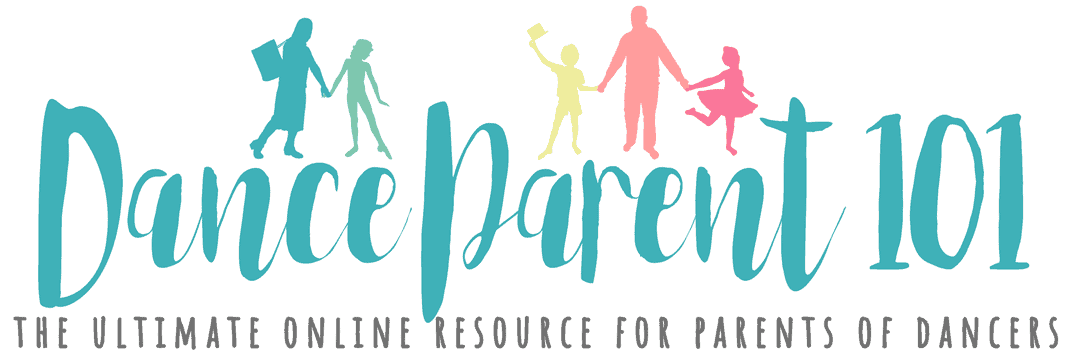By Heidi Williams / Edited by Samantha Bellerose, B.Ed, Dip.Dance (Performing Arts)
Voguing is a style of dance, fashion, and subculture that originated in Harlem, New York, developing between 1960-1980, evolving from drag competitions and pageantry balls within the Affrican-American and Latinx LGBTQ communities.

It is a very stylized type of movement that most notably includes a lot of poses, clicks, and very fast and angular arm movements. Though most people’s only point of reference for Voguing comes from Madonna’s Vogue music video, it had been well-established long before then.
In the African-American and Latinx LGBTQ communities, houses were formed where fellow marginalized people could live and become part of a surrogate dance family.
These houses that developed from ballroom culture had evolved from pageantry to Vogue battles/competitions, and houses would compete and perform against each other.
“The mothers or fathers of the houses provided a replacement family for many in the community who were socially marginalized either by gender, sexuality and/or race and who turned to each other for the acceptance and safe space of the ballroom scene, which itself existed on the fringes of the wider gay community of 1980s New York”(Vogue).
Types of movement often seen in voguing are poses that imitate vogue models, angular and sharp arm positions and movements (similar to Tutting), and mimicry of the quintessential high-fashion, rich female beautifying, putting on makeup or fixing her hair, etc.
There’s generally a character or role being portrayed, and it’s all about giving the best performance.
Battle tactics that are used are reading/getting a read and then throwing shade. You read your opponent by seeing through them, or by finding a flaw in their dance/costume/performance, etc. And then you respond by throwing shade, exploiting their weaknesses, and giving the dance version of an insult. Whoever throws the best shade wins.
There are three main substyles of voguing. The Old Way was more sharp and angular, like a series of pictures. The New Way, introduced more fluidity and floorwork. Vogue Femme is a softer more feminine way of moving, with lots of level changes.
Voguing is all about being free to express yourself and perform in any identity you choose, as extravagantly as you choose. The Voguing culture has created a safe place (literally) for BIPOC in the LGBTQ+ community across the globe for decades.
For those who are part of the movement, it is a family, a support system, a creative outlet for expression, and celebration.
This page is just one of hundreds of definitions of the many styles and genres of dance. This library is being continually added to by the writers and contributors of Dance Parent 101!
